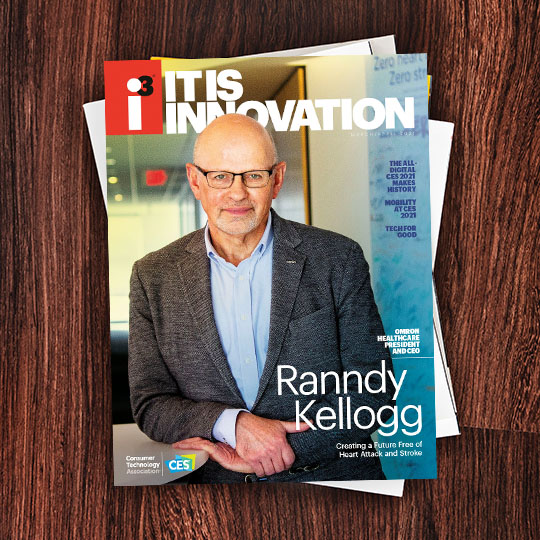You can't use an old map to explore a new world. The same is true as we pivot from the urgent challenges of the COVID pandemic to the opportunities of the world beyond COVID-19.Jeff Schwartz US Future of Work Leader, Deloitte
At the onset of the COVID-19 pandemic, businesses overwhelmingly went to surviving a point-in-time crisis with the expectation that the organization would revert to business as usual. A year later, we know this is the “new normal” and to move to a thriving mindset is to understand two things about disruption: first that it’s continuous rather than episodic; second, the destination as we navigate disruption is not where we started but where we’re headed.
Disruption should be embraced as a catalyst to innovate. To thrive moving forward, we must wholly reimagine work, the workforce and the workplace. Thriving isn’t just moving faster; it’s challenging old models and social constructs that we’ve understood for a long time.
As Albert Einstein said, “You can’t use an old map to explore a new world.” The same is true as we pivot from the urgent challenges of the COVID-19 pandemic to the opportunities of the world beyond COVID-19.
While one impact of technology is that it does replace some jobs — we call that the substitution effect — the bigger opportunity is how technology can augment our jobs and work. Radiology is an often-cited example of a profession that some expect may be substantially replaced by artificial intelligence (AI).
While the future radiologist may use technology to help with a diagnosis, they are also enabled to do what humans do best: provide deep care, empathy and critical thinking. We can think of AI as the IQ and the doctor as the EQ.
When you combine those together you have augmentation of a job, not the replacement. Work is redesigned by finding these opportunities to combine IQ and EQ and that creates new value.
The COVID-19 pandemic proved how adaptive people are. Everyone was asked to pivot — to do what had to be done, not necessarily what they were hired for. This can build worker resilience and creates agency for the worker.
Giving workers this agency and choice in an area they’re passionate about can create breakthrough innovation and moves beyond reskilling to unleash worker potential.
COVID-19 has earned many teams the right to be bolder in orchestrating work throughout the enterprise. To seize this opportunity, organizational leaders need to take the lead in re-architecting work, unleashing workforce ecosystems, and building adaptive flexible workplaces accordingly. We need to not get stuck in the optimize and redesign mindsets.
Leaders need to move from optimization and productivity — which are really the starting point — to reimagination and re-architecting work to create greater value and impact. This is work transformed.

I3, the flagship magazine from the Consumer Technology Association (CTA)®, focuses on innovation in technology, policy and business as well as the entrepreneurs, industry leaders and startups that grow the consumer technology industry. Subscriptions to i3 are available free to qualified participants in the consumer electronics industry.